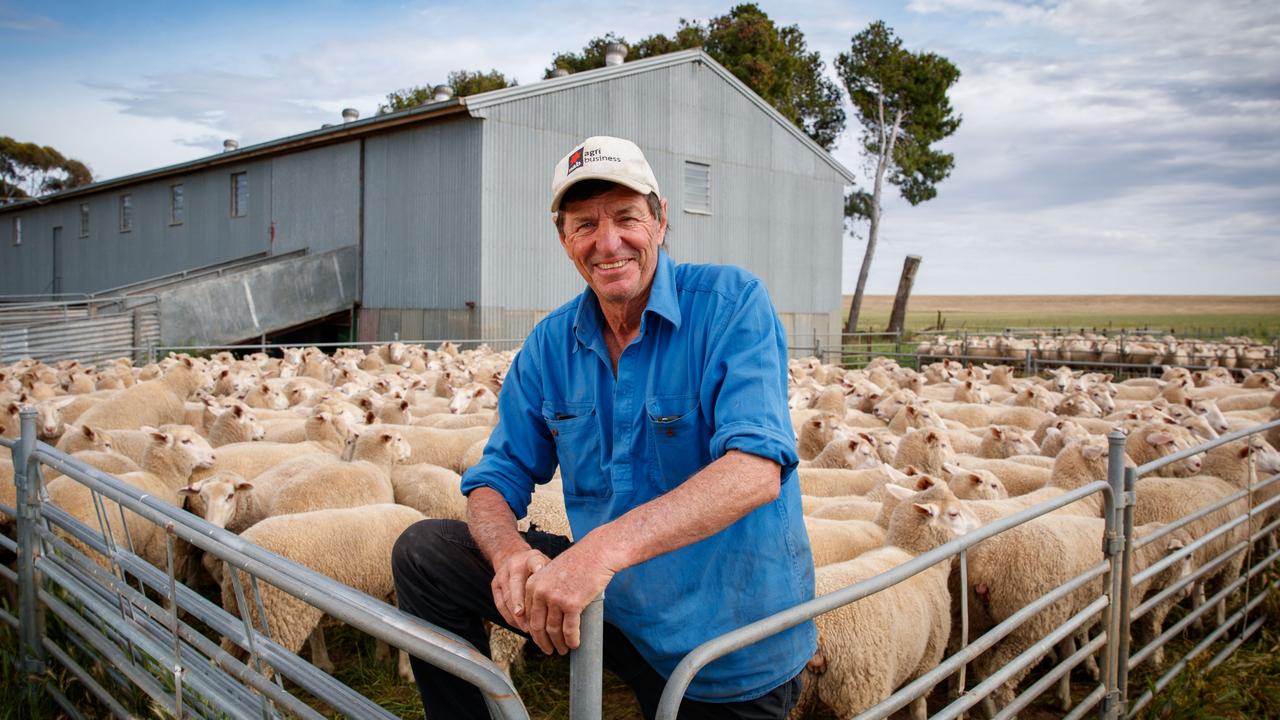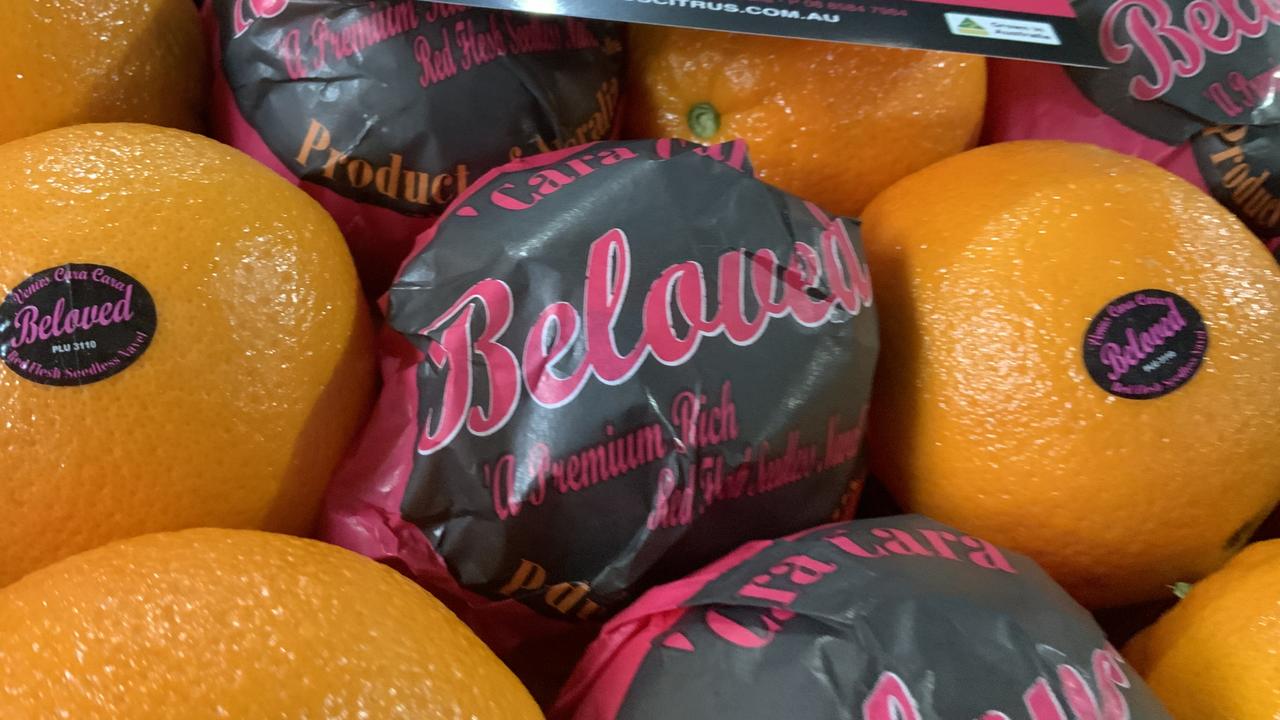Unusual approach the Wagyu way for Kia Ora Stud
There’s nothing conventional about this Wagyu operation in Bungendore.
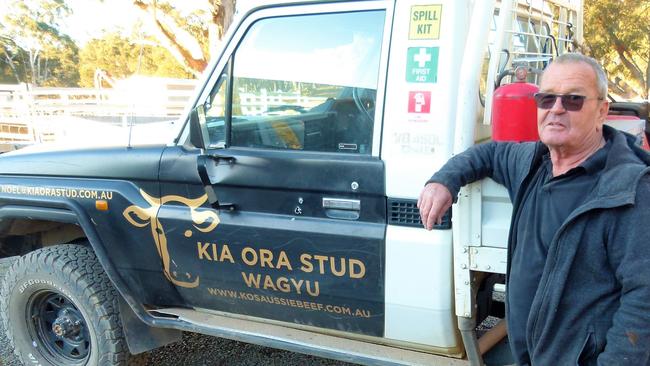
“HE’S not a typical farmer.”
That statement by Bronwyn Roberts, the operations manager of Kia Ora Stud in NSW’s Southern Tablelands, sums up her boss, the owner of the Wagyu enterprise Noel Jones.
“He’s a very successful man who started out as a butcher, worked in abattoirs and became a meat wholesaler, before retiring in his 30s,” Bronwyn said.
Nothing, she said, was done conventionally at Kia Ora. The stud has a herd of 500, including 50 fullblood Wagyus as well as F1s and F2s, across several properties including breeding on 400ha near Cooma and fattening at 600ha at Bungendore, east of Canberra.
For a start, Bronwyn, 36, works from her home in Emerald, central Queensland, co-ordinating with Noel, 69, remotely.
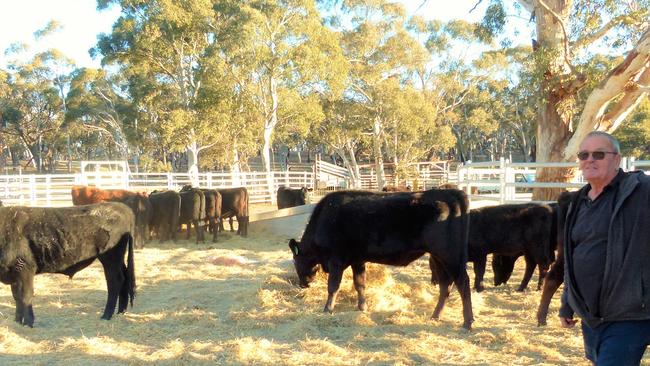
KIA ORA WAGYU
BUNGENDORE
RUNS a herd of 500 Wagyu and Wagyu-cross cattle across several properties
THIS year launched KOS Aussie Beef brand
PROCESS about 15 cattle a month for the brand
WILL host an inaugural sale on October 16
“He’s the ideas person and I’m the one who makes it happen,” said Bronwyn, who runs BR Rural Business management solutions for beef enterprises. She is one of three employees.
Noel agreed, adding: “I like to get staff who are young so they come in fresh, with an open mind and can learn from me.”
Unlike other cattle breeders, Kia Ora Stud — which will have its inaugural production sale on October 16 through AuctionsPlus, selling about 30 bulls and semen lots — does not sell through traditional livestock markets.
Instead, in May this year they launched their KOS Aussie Beef brand, currently processing about five fullblood and 10 F1 animals a month, processed at a Moruya abattoir and selling sides up to 170kg to household customers in a 300km radius, (or if customers request boned this can be done at local butchers).
GRAND VISION
KOS Aussie Beef has already been approached for export opportunities, possibly scaling up to 50 a month later this year; but Bronwyn said even if this was successful they would continue to supply home customers.
And while most Wagyu breeders will fatten stock to about five years of age, Kia Ora grows out up to 2½ years or 420kg liveweight.
“We are trying to provide the best quality beef to ma-and-pa customers. When Wagyu carcasses reach that size and are put through a long feed, the average buyer is priced out, it’s out of their reach,” she said.
“A side of 170kg is far more affordable than 250kg and we’re charging $21.99 per kilogram for full blood, whereas normally for a Wagyu rib eye you could on average pay $60/kg, or even into the hundreds of dollars.”
MORE: GREAT SCOTT GROWS FOR IT
Possibly the most unconventional aspect of Kia Ora Stud is their “free-range feedlot”, where cattle are fed for up to four months prior to processing. “There’s a bunker like a normal feedlot and the cattle have access to 50ha of pasture, but they tend to hang around the bunkers,” she said.
“The free-range feedlot concept gives us a point of difference. It says a lot about how we treat our animals in a natural, healthy environment.”
Given the treats on offer it’s no wonder cattle stay close.
There is a constant supply of high-energy syrup, a by-product of sugar cane in the pre-molasses stage, as well as grape waste, corn husks, peanuts and pastures are even improved with a mix of herbs such as thyme and sage.
FOOD FOR THOUGHT
THE feedlot concept was designed by Noel following several trips to Japan, including with the Wagyu Society.
“We visited feedlots, farms, restaurants, shops and I spoke to a lot of different guys in the Wagyu industry,” Noel said. “They told me they feed herbs like thyme and sage in the hay to make the meat taste nicer.”
Several hundred hectares are improved annually, sown with oats, clover, vetch, fescue and ryegrass — both New Zealand and a US variety called prairie grass.
New Zealand-born Noel said throughout his career he had bought and sold property, generally running Dorper sheep — currently he has 200 — not for meat sales, but to ensure paddocks are free of thistles and rushes.
When he retired from his second career three years ago — running a construction company — he focused on farming, then buying the Bungendore property at the same time he moved into Wagyu.
Noel said he chose Wagyu not because they were a high-end breed.
“They cost a lot to get into but because I’d sold my business I had cash to invest,” he said. “Wagyu are easy birthing with small calves. That’s 99.9 per cent of the reason I went with Wagyu.”
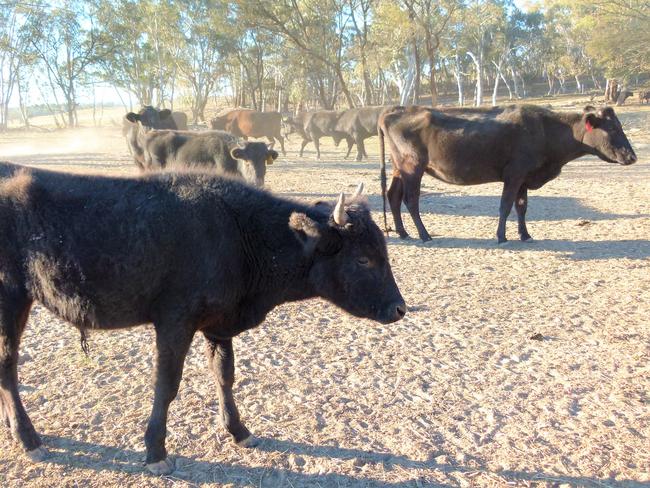
The foundation stock came from a variety of studs including Lindan Wagyu, as well as embryo transfers last year from Capital Country Wagyu.
“Because we process at half the age we want marbling from a young age,” Bronwyn said.
READY TO ROAR
JOINING is currently year-round, but Bronwyn said if export opportunities opened up, the farm would need to scale up quickly.
“Our plan is to get to 100 per cent full blood so we are moving out of joining Angus cows with Wagyu bulls and breeding and buying F1 heifers, which we’ll join with a fullblood bull,” she said.
Through natural growth this will occur in five to 10 years, but if Kia Ora needs to scale up quickly for export supply they will outsource breeding from local producers.
Bronwyn said one of Kia Ora’s key points of difference was that they ensured all cattle were hair tested and genetically free of six inheritable conditions.
“We strive for genetic perfection because if you do get a carrier or an affected animal it can be devastating to production,” she said.
All animals brought on to the property are also quarantined for at least a month, while there are also strict biosecurity policies for visitors.
Both Noel and Bronwyn admitted Kia Ora — which means “hello” in Maori — was not run as a conventional agricultural enterprise.
“It’s unusual,” she said. “We’re a young farm but it works because Noel and I talk every day. He’s an out-of-thebox thinker.”

